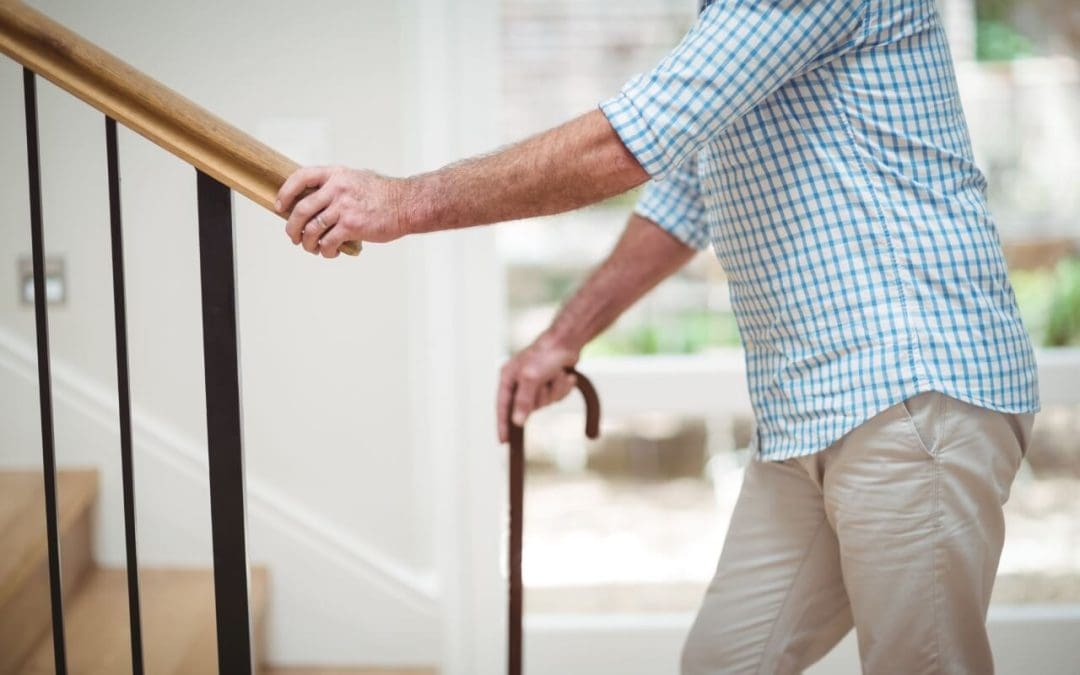As our loved ones age, their needs change, and it becomes crucial to create a safe living environment that allows them to maintain their independence while minimizing the risk of accidents. A senior-friendly home means comfort, safety, and accessibility in every room. This post will guide you through practical steps to make your home safe for seniors.
Make Your Home Safe for Seniors By Addressing Fall Hazards
Falls are one of the leading causes of injury among seniors, and preventing falls is a top priority when making your home safer. Begin by examining the floors throughout the house. Loose rugs, slippery floors, and cluttered pathways are common culprits. Remove or secure throw rugs with non-slip backing, and keep all walkways clear of obstacles like shoes or furniture. If the floors are hardwood or tile, add carpet runners with strong grip backing to reduce slipperiness.
Staircases are particularly dangerous for seniors. Install handrails on both sides of the stairs and check that they are firmly secured. Consider stairlifts in homes with two stories, or at least make sure the stair treads are well-marked with non-slip strips. Proper lighting is also essential, especially in areas with limited natural light. Motion-sensor lights help illuminate dark hallways or staircases automatically, preventing potential falls.
Bathroom Safety: The High-Risk Zone
Bathrooms are hazardous for elderly individuals due to wet surfaces. Install grab bars in the shower, by the toilet, and near the bathtub. These bars provide stability when getting in and out of slippery areas. For added safety, install a walk-in shower or tub to minimize the need to step over a high ledge.
Non-slip mats should also be placed both inside and outside of the shower or tub to reduce the chance of slipping. A shower chair or bench can be added to the shower space, allowing seniors to sit while bathing. Replace standard toilets with raised models to reduce the strain on knees and joints when sitting down and standing up.
Kitchen Safety: Promoting Independence
For seniors who enjoy cooking or spending time in the kitchen, some adjustments may be necessary. Confirm that commonly used items are placed within easy reach so seniors don’t have to stretch or climb to reach high shelves. Storing heavier items at counter height will also help prevent the risk of dropping and injury.
Another consideration is installing anti-scald devices on faucets and appliances to prevent burns. Lever-style handles for faucets are also easier for seniors to use than traditional knobs. Adding an induction cooktop is a great option if possible as it stays cooler to the touch, reducing the risk of burns.
Ensuring Emergency Preparedness
Even in the safest of homes, accidents happen, which is why having a plan in place for emergencies is essential. Make sure that smoke detectors and carbon monoxide alarms are installed in key areas, including the kitchen and bedrooms. These alarms should be tested regularly.
For seniors living alone, having a medical alert system or emergency button to wear around their neck will provide peace of mind. This ensures help can be called immediately in case of a fall or emergency, even if the individual can’t reach a phone.
Making your home safe for seniors is a loving and necessary step to ensure they age with dignity and comfort. By identifying and addressing common hazards, you’ll create an environment that supports their needs and promotes their well-being.
Make Your Home Safe for Seniors FAQs
How do I know if my home needs modifications to be safe for seniors?
Start by conducting a walk-through of your home and identifying potential hazards, such as slippery floors, narrow hallways, or hard-to-reach items. It may also be helpful to consult with a home safety expert who will offer personalized advice based on your loved one’s mobility and health needs.
What can I do if my senior loved one refuses to make changes in the home?
Approach the conversation with empathy and explain that these modifications are meant to help them stay independent and safe. Including them in decision-making will make them feel more comfortable and in control.
How much do home safety modifications typically cost?
Costs vary depending on the changes needed. Some modifications, such as installing grab bars or adding non-slip rugs, are relatively inexpensive. Larger projects require a higher investment, such as installing stairlifts or remodeling bathrooms.
Liberty Inspections offers comprehensive home inspection services to the Greater Phoenix area. Contact us to schedule an appointment today.
